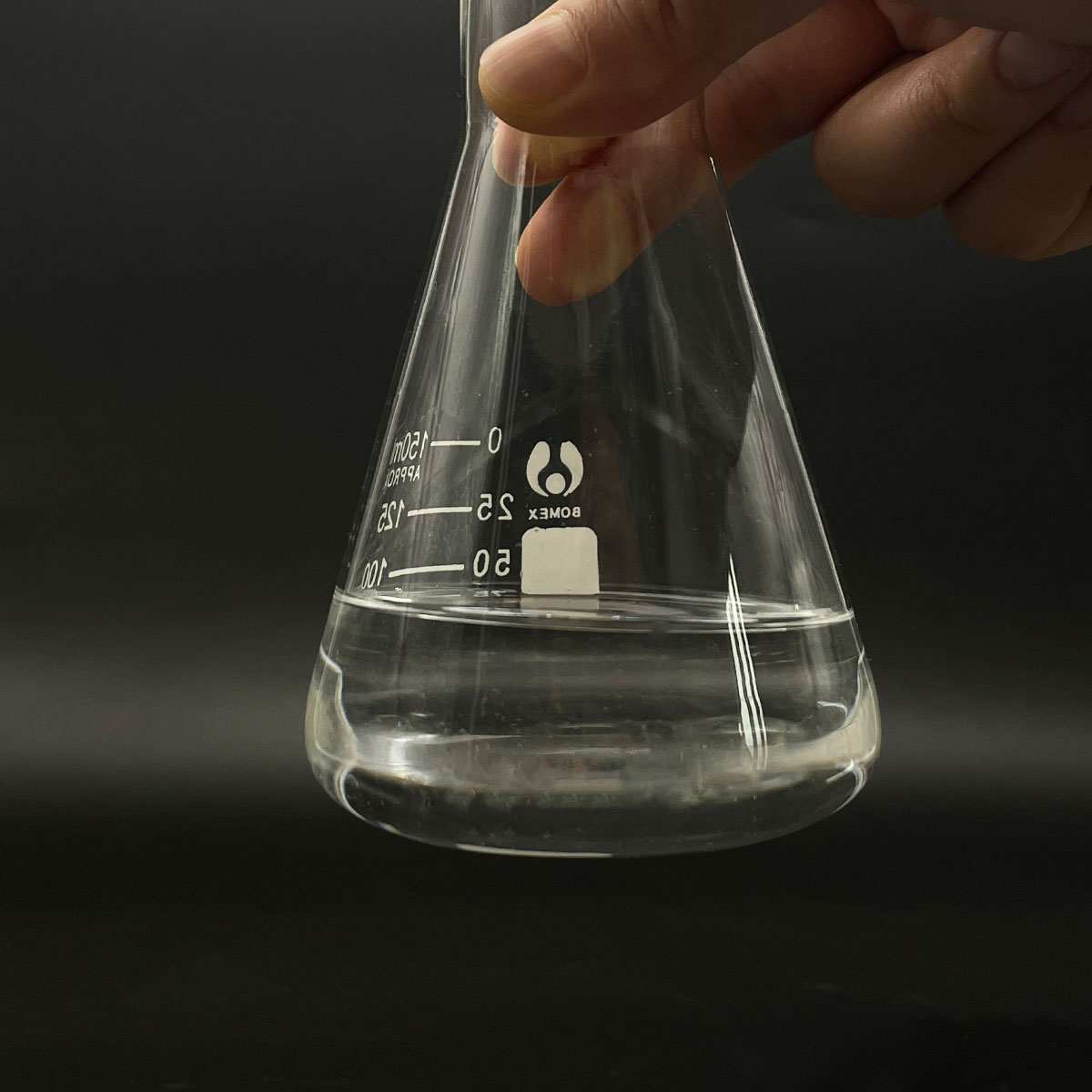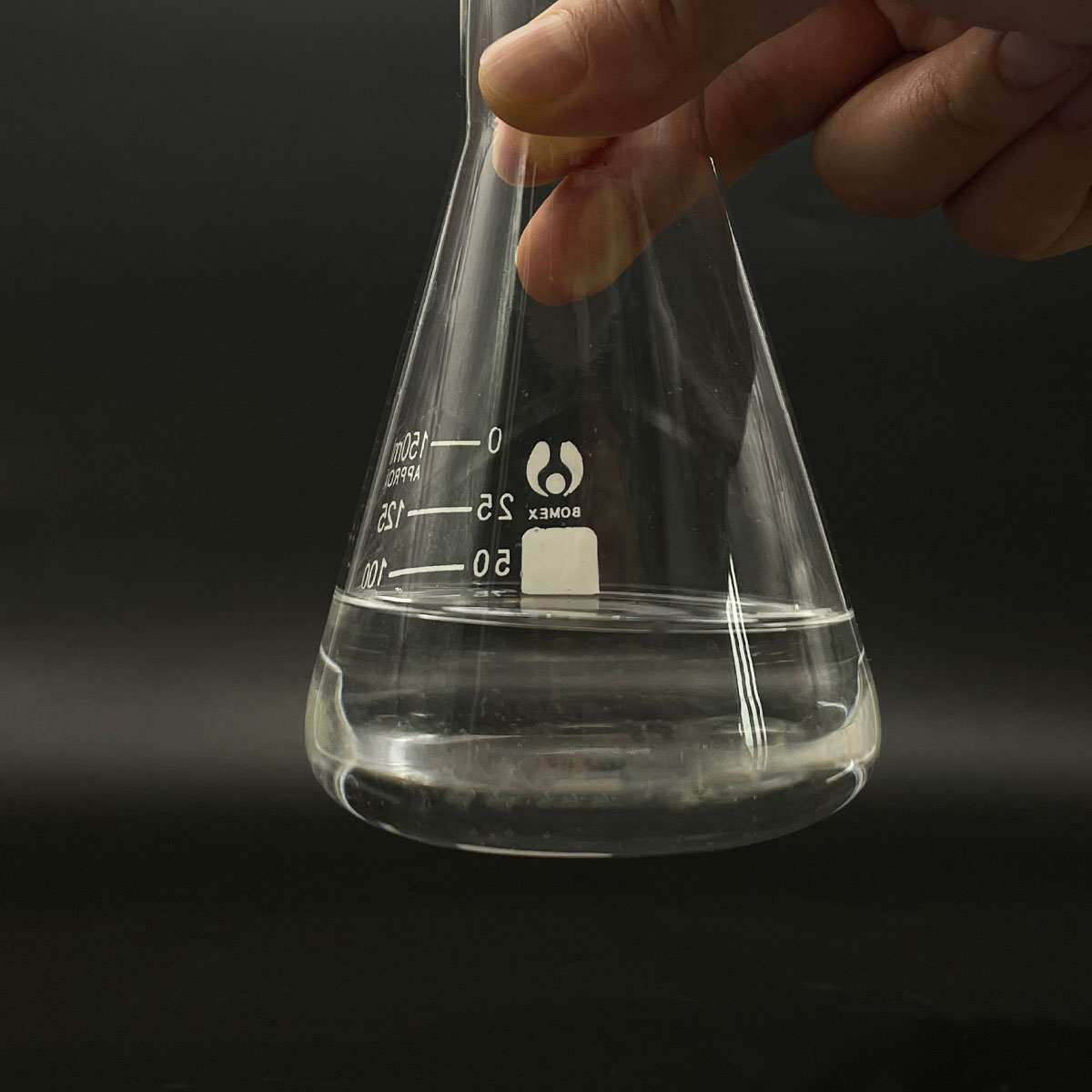1. Introduction
Just 24 hours ago, the European Commission’s Scientific Committee on Consumer Safety (SCCS) released a preliminary opinion reaffirming concerns about sodium lauryl sulfate (SLS) in leave-on cosmetic products, citing potential skin irritation at concentrations above 1%. This renewed attention highlights why understanding SLS—and how it compares to modern surfactants—is more relevant than ever for formulators, consumers, and regulators alike.

Sodium lauryl sulfate (also known as sodium dodecyl sulfate or SLS) is one of the most widely recognized anionic surfactants. But with growing demand for gentler, eco-friendly, and multifunctional cleansing agents, how does this classic ingredient hold up? In this deep-dive analysis, we compare SLS against seven key surfactant categories, examining structure, function, and real-world performance.
2. The Basics: What Makes SLS Tick?
Sodium lauryl sulfate is an anionic surfactant derived from lauryl alcohol (often sourced from coconut or palm kernel oil). Its molecular structure features a 12-carbon hydrophobic tail and a sulfate head group, giving it strong foaming, emulsifying, and cleansing power. This is why sls sodium lauryl sulfate remains a staple in shampoos, toothpastes, and industrial cleaners.
However, its high detergency comes at a cost: SLS can disrupt skin lipids and cause irritation, especially in sensitive individuals. This has spurred the development and adoption of milder alternatives—many of which we’ll explore next.
3. SLS vs. Sodium Laureth Sulfate (SLES)
Often confused, sodium laureth sulfate (also called sodium lauryl ether sulfate or sodium lauryl ether sulphate) is ethoxylated—meaning ethylene oxide units are added to the lauryl chain. This makes SLES less irritating than SLS while retaining excellent foaming ability.
Key differences:
- SLES (sodium laureth sulfate) is milder due to ethoxylation, reducing direct interaction with skin proteins.
- SLS produces richer, denser lather; SLES creates more stable, creamy foam.
- SLES may contain trace 1,4-dioxane (a byproduct of ethoxylation), raising environmental and safety concerns absent in SLS.
In formulations like sodium lauryl ether sulphate in shampoo, SLES is often preferred for daily-use products, while SLS appears in heavy-duty cleansers.
4. SLS vs. Amphoteric Surfactants (e.g., Cocamidopropyl Betaine)

Amphoteric surfactants like cocamidopropyl betaine (also labeled as coco betaine, coco amido propyl betaine, or amidopropyl betaine) carry both positive and negative charges depending on pH. This makes them exceptionally mild and compatible with anionic systems.
When blended with SLS, cocamidopropyl reduces irritation without sacrificing foam volume. In fact, many ‘sulfate-free’ shampoos still use sodium coco sulfate or sodium lauryl sulfate for sale but pair them with amphoteric co-surfactants to buffer harshness.
Unlike SLS, amphoteric surfactants also offer conditioning benefits and viscosity enhancement—making them ideal for baby shampoos and sensitive-skin formulations.
5. SLS vs. Non-Ionic and Bio-Based Surfactants
Non-ionic surfactants like decyl glucoside, coco glucoside, and alkyl polyglucoside are derived from sugars and fatty alcohols. They’re biodegradable, non-irritating, and classified as bio surfactants.
Compared to SLS, they produce less foam but are far gentler. For example, decyl glucoside is often used in ‘tear-free’ products. Similarly, polysorbate 80 and Span80 (sorbitan monooleate) are nonionic surfactants used in food and pharma emulsions—not cleansing—but highlight the diversity beyond anionic types.
Ethoxylated alcohols like Pluronic 127 (poloxamer 188) serve as solubilizers rather than primary cleansers, showing how surfactant roles vary widely by class.
6. SLS vs. Other Anionic Surfactants
Not all anionic surfactants are created equal. Sodium lauroyl sarcosinate (a sarcosinate) and sodium cocoyl isethionate offer milder cleansing with good foam stability. Sodium cocoyl glutamate, derived from amino acids, is another gentle anionic option gaining traction in natural cosmetics.

In contrast, sodium dodecylbenzene sulfonate is a petrochemical-based anionic surfactant used in laundry detergents—harsher than SLS and not suitable for personal care.
Even ammonium variants like ammonium lauryl sulfate (or ammonium dodecyl sulfate) behave similarly to SLS but may offer better solubility in certain formulations.
7. SLS in Agricultural and Industrial Applications
Beyond personal care, SLS functions as a surfactant for herbicides and a lawn wetting agent. It helps active ingredients like glyphosate penetrate waxy plant cuticles. However, methylated seed oil and nonionic surfactant blends (e.g., ethoxylated alcohols) often outperform SLS as a wetting agent for grass due to better spreading and rainfastness.
In industrial contexts, lignin sulfonate—a byproduct of paper manufacturing—serves as a low-cost anionic surfactant and dispersant, though it lacks the foaming power of SLS.
Meanwhile, specialty surfactants like fluoro surfactants or cetyl trimethyl ammonium bromide (CTAB, a cationic surfactant) serve niche roles—CTAB in antiseptics, fluoro types in firefighting foams—highlighting that anionic cationic and nonionic surfactants each fill distinct functional niches.
8. Safety, Regulation, and Market Trends
With brands like Rohit Surfactants Private Limited expanding production of sulfate-free alternatives, the market is shifting. Consumers increasingly seek products labeled ‘SLS-free,’ driving innovation in coco-based sulfates (e.g., sodium coco sulfate) and amino-acid-derived surfactants.
It’s worth noting that ‘sulfate-free’ doesn’t always mean safer—some alternatives can still cause sensitization. But the trend reflects a broader move toward balanced, multifunctional surfactant systems that combine anionic, amphoteric, and non-ionic types for optimal performance and mildness.
9. Conclusion
Sodium lauryl sulfate remains a powerful, cost-effective surfactant—but its dominance is waning in favor of smarter, milder blends. Whether you’re formulating a shampoo, herbicide, or industrial cleaner, understanding the trade-offs between SLS, sodium laureth sulfate, cocamidopropyl betaine, alkyl polyglucoside, and other surfactants is key to choosing the right tool for the job. As regulations tighten and consumer awareness grows, the future belongs to surfactant systems that balance efficacy, safety, and sustainability.
Our Website founded on October 17, 2012, is a high-tech enterprise committed to the research and development, production, processing, sales and technical services of ceramic relative materials such as 7. Our products includes but not limited to Boron Carbide Ceramic Products, Boron Nitride Ceramic Products, Silicon Carbide Ceramic Products, Silicon Nitride Ceramic Products, Zirconium Dioxide Ceramic Products, etc. If you are interested, please feel free to contact us.


